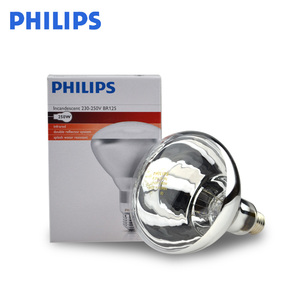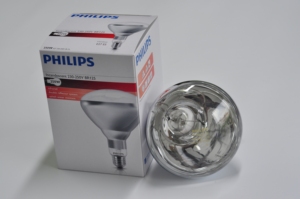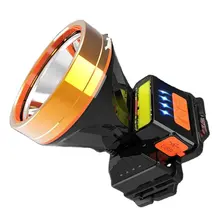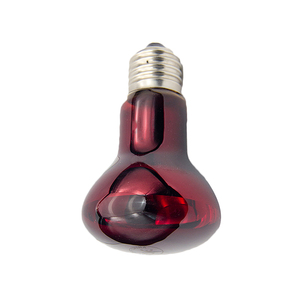Popular in your industry































































































































































































Top categories
About infrared ray lamp
Infrared Ray Lamps: An Overview
Infrared ray lamps are specialized lighting devices that emit infrared light, a type of electromagnetic radiation invisible to the naked eye but felt as heat. These lamps are designed to produce heat for various applications, from industrial processes to therapeutic treatments. Unlike traditional incandescent bulbs, infrared ray lamps do not primarily focus on illuminating spaces but on providing a direct source of heat.
Types and Applications of Infrared Lamps
There is a diverse array of infrared ray lamps available, each suited to different applications. For instance, heat ray lamps are often used in medical settings to alleviate muscle soreness, with ray lamps for sore muscles being a common fixture in physical therapy clinics. In commercial settings, infra ray lamps are utilized for heating in processes such as thermoforming plastics or drying paint.
Features and Materials
The construction of an infrared ray lamp typically involves a filament encased within a quartz glass envelope, which is filled with a halogen gas. This design allows for a more efficient heat output and a longer lifespan compared to standard incandescent bulbs. The materials used are chosen for their durability and ability to withstand high temperatures without degrading.
Advantages of Infrared Lamps
Infrared lamps offer several advantages, including immediate heat output and precise temperature control, which is essential for applications requiring consistent heat delivery. Additionally, the energy efficiency of infrared ray lamps is beneficial in industrial settings where long-term operational costs are a consideration. While they may consume more power than LEDs, their specific heat-focused output makes them indispensable for certain applications.
Understanding Power Ratings and Compatibility
When selecting an infrared ray lamp, it is crucial to understand the power ratings and compatibility with existing systems. For example, a Philips heat ray 250W infrared lamp would indicate a power output of 250 watts, suitable for a specific intensity of heat required. Users must ensure that the lamp's specifications match their particular needs to avoid compatibility issues.
Environmental Considerations and Longevity
The longevity of an infrared ray lamp is a significant factor for buyers, as it impacts the frequency of replacement and maintenance. The halogen gas within these lamps not only enhances brightness but also contributes to a longer lifespan, reducing waste and the need for frequent replacements. Environmental considerations are also taken into account, with many lamps designed to be energy-efficient and minimize their ecological footprint.




















































